Share the post "Is Texas West Or East Coast? (TX Geography)"
When you look at a map, it seems like Texas is right in the middle of America, but where exactly is it geographically, and, more importantly, which coast has the most significant impact on Texas due to its location?
Texas is in the Central time zone, indicating it’s neither West nor East. Since the Texas Gulf Coast is on the ‘right’ side, many people are convinced that Texas is East coast; however, it has had major impacts geographically and culturally from both sides of the divide.
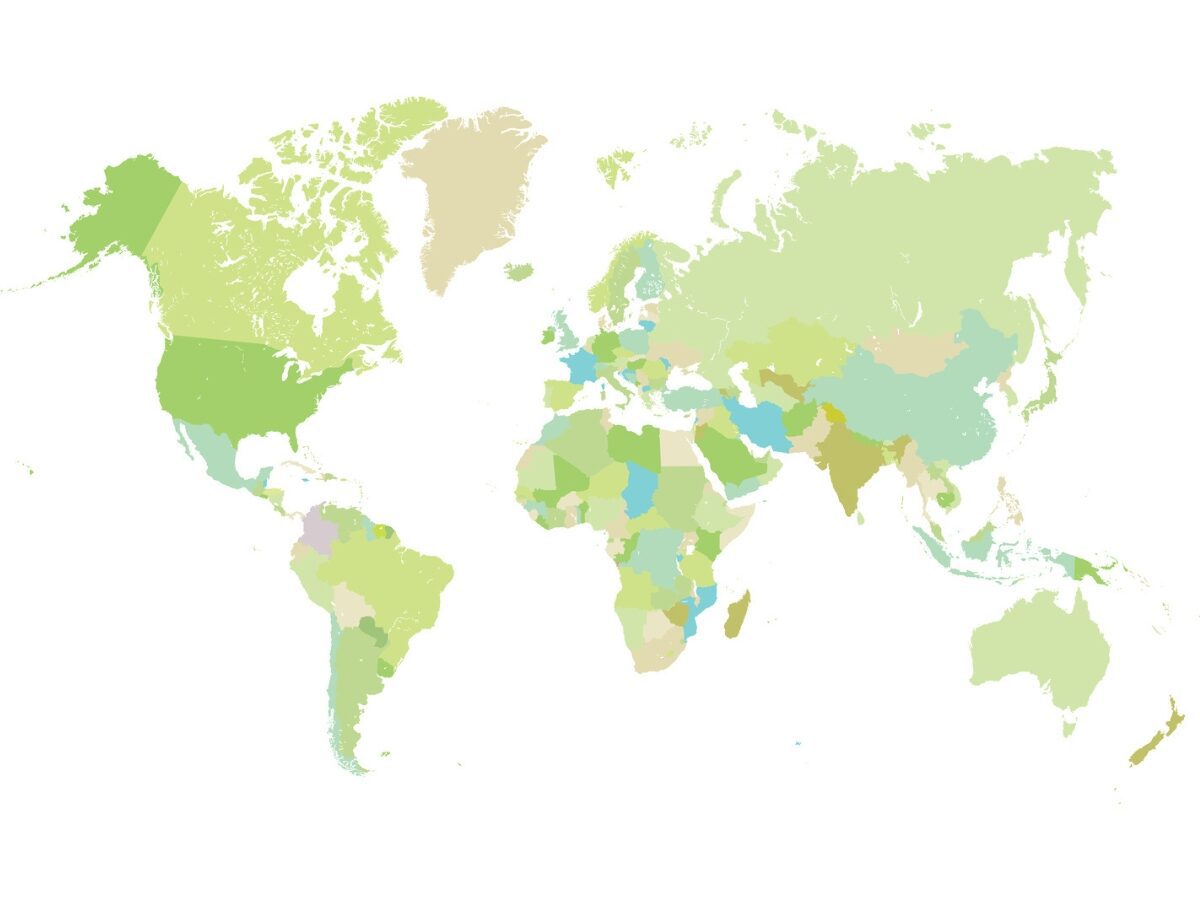
Where Is Texas Located Geographically?
Geographically, the argument that Texas is situated on the East coast is quite convincing due to the general layout and the location of the Gulf Coast. Unfortunately, the division is more complex than pure location regarding central areas like Texas.
According to the U.S. Census Bureau, Texas is in the south with a central time zone, before addressing why Texas is considered the South and neither West nor East, we have to look at what is regarded as the West and East.
When it comes to the division of the areas, much of the geographical organizing has to do with the history that influenced it. The east coast has a significant European influence as this is where they landed first and started colonizing.
The west coast is strongly associated with the frontier period and development. The history can be traced back to the Paleo-Indian, approximately 45,000 BCE.
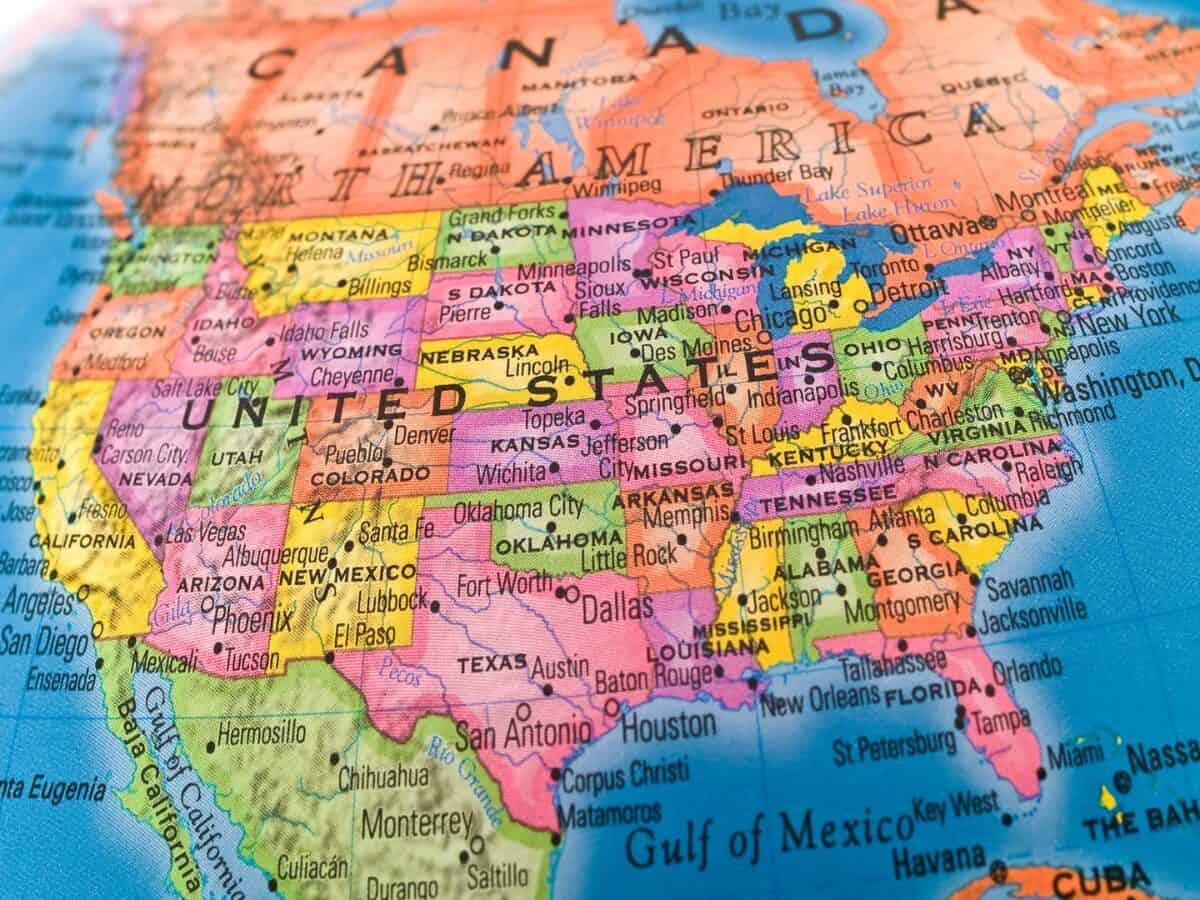
Why Is Texas Not on The East Coast?
The East Coast refers to the areas on the Atlantic coast, also called the Seaboard. Although all areas are in the same country, they experience different cultures and politics, yielding different ‘lifestyles.’
The Appalachian Mountains are one of the major factors that separate the west from the East, but it is a vast mountain range that extends from the island of Newfoundland to Alabama.
Although there aren’t precise boundaries due to geological changes, the areas on the eastern side with a shoreline on the Atlantic Ocean are considered the “East Coast.” For Example:
- Maine
- New Hampshire
- Massachusetts
- Rhode Island
- Connecticut
- New York
- New Jersey
- Delaware
- Maryland
- Virginia
- North & South Carolina
- Georgia
- Florida
Although Texas has an Atlantic coastline, it’s not included in the list of states as it is considered to connect through the ‘Gulf of Mexico.’ Other examples also include (in order from the side of Texas) Louisiana, Mississippi, and Alabama.
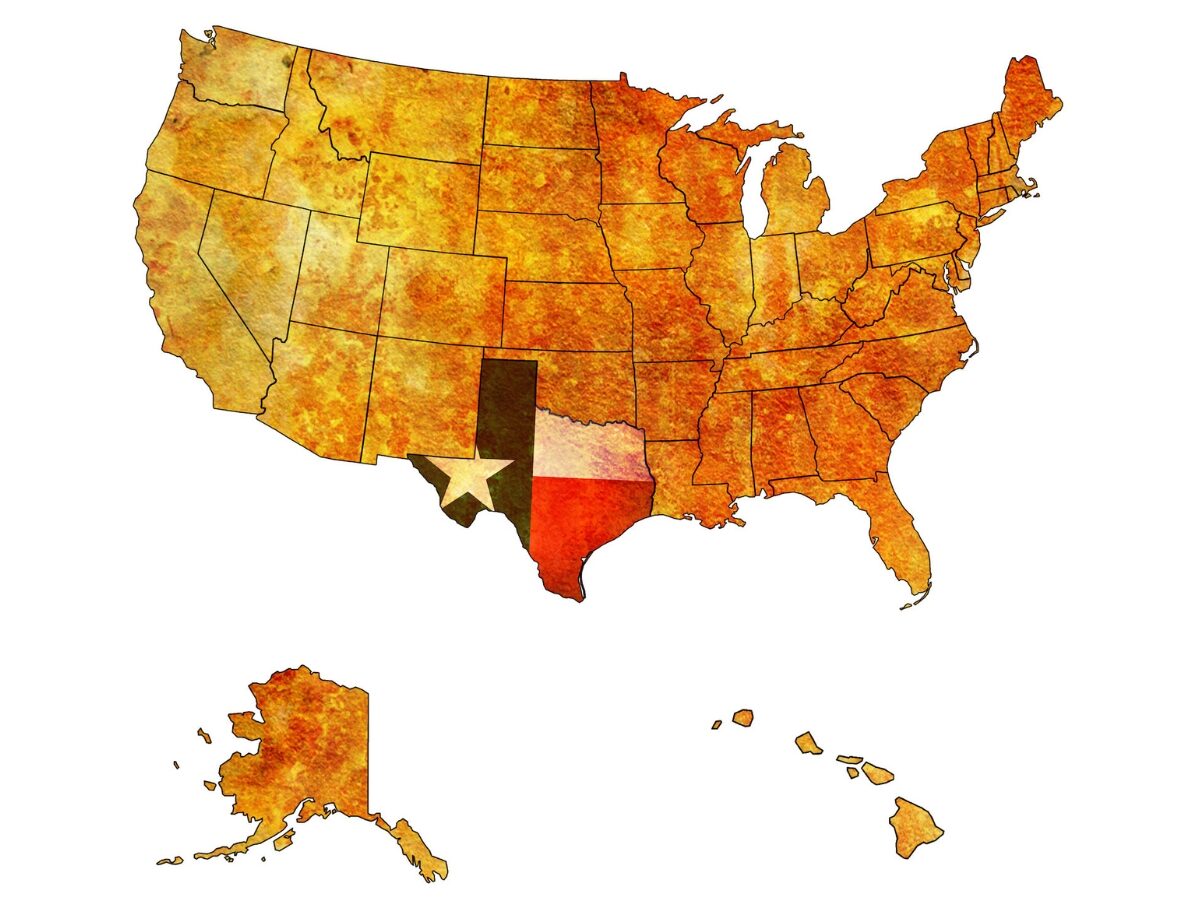
Why Is Texas Not West Coast?
The west coast is also called the Pacific; simply put, the West Coast is considered the western part of the U.S. that connects to the Pacific Ocean. Although the definition seems straightforward enough, there is a lot of confusion about whether Hawaii and Alaska are included.
Some sources claim they are part geologically, although they share few similarities. Nevertheless, states that are specifically included in the definition are California, Oregon, and Washington.
However, Alaska and Hawaii still connect to the pacific, and we still have the same issue with Texas as we do on the East coast; it connects through the ‘Gulf of Mexico and neither the pacific nor the Atlantic.
Which Coast Does Texas Mostly Lean Towards?
Geographically, Texas does lean more towards the East as the ‘Gulf of Mexico’ is classified as a marginal sea of the Atlantic Ocean connecting it to the seaboard side. So technically, if you say Texas is more towards to east side of the U.S., you would be correct, but it’s still not considered the east coast.
For example, the western part of Texas has 70 counties with a population of roughly 2,3 million, which is significant compared to the eastern side, which only has 38 counties and approximately 1,9 million people.
South and North are still popular living areas with a combined population of 13,4 million. The upper Gulf coast (more towards the eastern side) is the second most populated area with 7,2 million people.
Although west Texas is a large area with a considerable population, there are a lot of uncharted desert areas. East Texas and the upper gulf coast combined still have a larger population making the east side the more popular area, and that’s excluding the central parts that also lean more towards the east side.
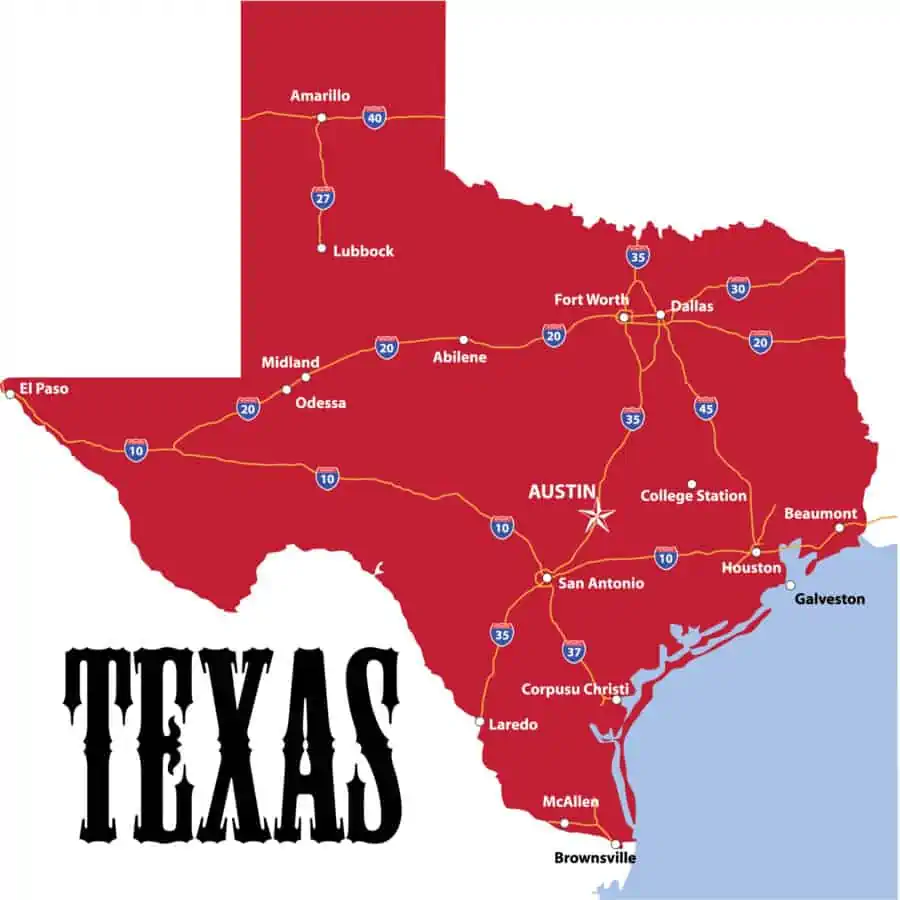
Which Coast Has The Biggest Impact And Effect On Texas?
Texas is a massive state, 268,597 square miles, that stretches far and wide across seas and geographical landscapes. As a result, there are various cultures and climates within Texas, making it difficult to accurately deduce which coast has had the most significant impact on the whole state.
Over the years, the areas have even been further divided for consensus purposes into the North, South, East, west, and even central parts.
Due to the vastness of Texas, the western and eastern coasts have left their mark but only on the adjoining parts of the respective areas. For example, the east coast has not significantly affected the furthest western parts of Texas, nor has the west coast drastically affected the most distant eastern parts.
Therefore, to assess which areas have had the most significant impact, we should look at the differences between the West and East and which areas conform.
How Does The Atlantic Affect The Climate Of East And West Texas?
East Texas experiences a lot of humidity, making it rich in wildflowers and trees. On the other hand, west Texas is filled with mountain ranges with copious amounts of desert land. As a result, places like Beaumont, on the east side of Texas, are very much focused on agriculture, as the constant humidity and rain are beneficial for growing crops.
To the western side, moving towards El Paso and further from the Atlantic, you’ll see countless pumps drilling for oil as the dryness and emptiness makes it difficult to farm as effectively as in the east. Due to the conditions and general setup of the west, you’ll find the most considerable portion of the population on the eastern side.
Although there are economic opportunities and agreeable living conditions in the West towards El Paso, residents favor the more vegetated eastern side as it’s ‘cooler’ and more ‘lively’ due to the proximity to the sea.
The eastern side of Texas is more populated and vibrant, and more cosmopolitan, as the conditions were more agreeable for different cultures of settlers.
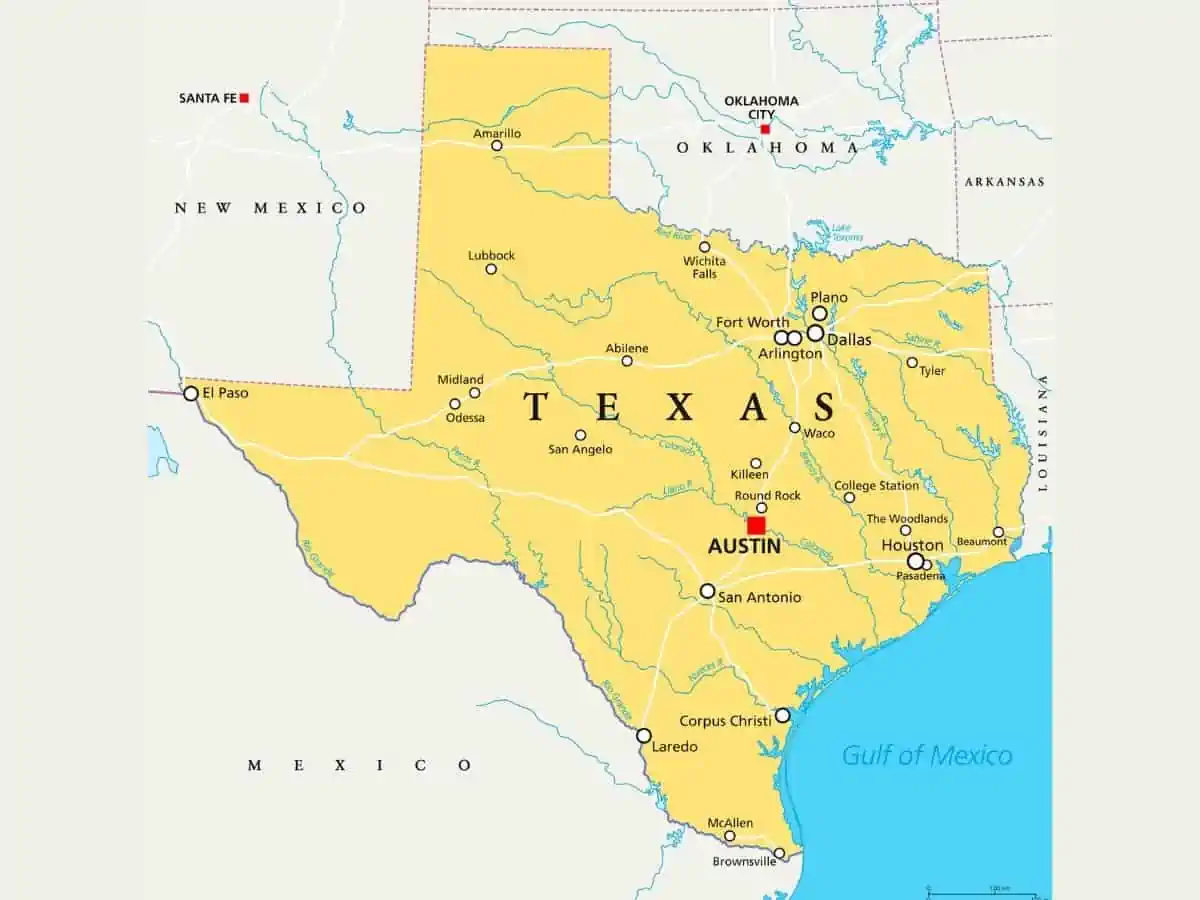
Is Texan Culture More Influenced By The West Or East Coast?
Due to the distance between West and East, different cultures developed, and one might say that they are worlds apart. West Texas is more conservative than the East as it is an extremely large area with only a few separated small towns resulting in simple and comfortable living.
The western side is what the rest of the world considers to be ‘the Texas lifestyle,’ but due to the vastness of the area, it’s nearly impossible to deduce which coast dominates in culture as all of them persist to this day.
For example, the traditional regional cultures like Tejanos, Cajuns, and African Americans are still prominent cultures besides the immigrants from the American North and west. The divisions have made it easier to classify Texas into different regions, but the cultures of the areas are still being influenced from all sides.
Regarding music, the Hispanic and Anglo traditions from Mexico still prevail, resulting in various ethnic music being popular; however, African American culture influenced a major part of Texas with blues music.
More towards the eastern side, you have major music influences like ZZ top (Blues Rock Music) and Beyoncé (R&B pop music), who both originated in Houston.
Concerning the cuisine, West Texas is known for its BBQ, but the eastern side, closer to the sea, has famous seafood dishes; however, a mixture called Tex-Mex cuisine originated in the southwestern parts.
In conclusion, the influence of a singular coast is tough to judge as Texas has experienced different prominent cultures that are continuing to expand across all the various divisions of Texas, resulting in a culturally rich state with a large population.
Texas Location FAQs
Are there Different Time Zones In Texas Due To The Coasts?
Texas is in the central time zone, especially the eastern side, but there are exceptions to the far west side. El Paso, Hudspeth, and Culberson County follow Mountain Time due to the significant distance from central Texas.
Where Does East Texas Stop and West Texas Begin?
Due to Texas being an extremely large state with diverse cultures, drawing a line between the various parts is nearly impossible, and the current ‘dividing line’ is quite ambiguous.
Many consider climate change a major factor as certain vegetation cannot grow in the west. For example, oak trees stop growing near Wichita Falls, Abilene, and Del Rio, meaning that is most likely where the west starts.
However, there is no defined boundary, and many use the ‘Pine Tree Curtain’ reference to separate the rest of Texas from the east. More specific references mention the Trinity River and Houston as the main marks for the East, but there continue to be disagreements regarding the exact end of the borders.
Geography of Texas
Geographically, Texas is neither east nor west coast but is considered the lone star south. Cultural differences can be used to indicate the most dominating coast, but due to the vastness of Texas and the large population, there are too many diverse cultures that have influenced all sides of the divide, making a concrete conclusion for the near future unlikely.
References:
- Texas map : nationsonline.org
- Texas-state : britannica.com
Share the post "Is Texas West Or East Coast? (TX Geography)"
Christian Linden is a seasoned writer and contributor at Texas View, specializing in topics that resonate with the Texan community. With over a decade of experience in journalism, Christian brings a wealth of knowledge in local politics, culture, and lifestyle. He holds a Bachelor's degree in Communications from the University of Texas. When he's not writing, Christian enjoys spending weekends traveling across Texas with his family, exploring everything from bustling cities to serene landscapes.











